In the first part of this article we talked about the six bastions of the Venetian Walls of Nicosia, located on the territory of the unrecognized TRNC or buffer zone.
Today we will talk about the five bastions on the territory of the Republic of Cyprus.
In the course of the narrative, there are saints, collaborators, and brave warriors, and we will learn about the role of "bayraktar" in the Ottoman conquest of Nicosia. Let me remind you that behind the names of the bastions lies the history of Cypriot families who were actively involved in the high society during the period of Frankish and Venetian domination. Most of the people immortalized in the names of the bastions, died at the capture of Nicosia and remained forever in the Cypriot land they loved so wholeheartedly. Others passed through captivity, hardship, and humiliation to return to Italy. Still others remained in Cyprus to serve the new rulers. Let us look at them a little more closely.
The bastions are presented in sequence from east to west, clockwise. For the convenience of readers, at the beginning of each new section, we publish a map with the highlighted bastion in question.
Caraffa
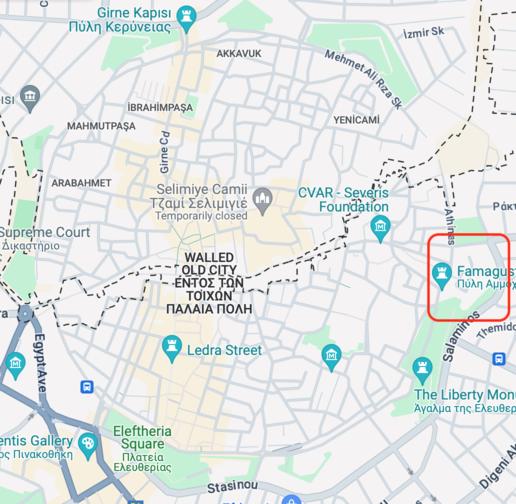
The bastion is named after the Cypriot aristocrat Scipio Caraffa, from the noble Neapolitan family of Caraffa. Several members of this family moved to Cyprus in the 15th century, becoming one of the most influential families on the island. After the capture of Nicosia by the Ottomans, Scipio Caraffa went into the service of the Turks.
The construction of the Caraffa bastion required very large-scale preparatory works: it was necessary to cut down the lush gardens growing there and demolish houses and huts. In the area of the bastion, the Pedieos River, which then flowed through Nicosia (its course roughly followed the current path of the Green Line), was divided into three branches. Since the course of the river was altered during the construction of the fortifications, the leveling of the riverbed required enormous effort. To the south of the Caraffa bastion, the gates of Famagusta or “porta Giuliana" (in honor of the architect Giuliano Savorniano himself) were built. It was the only one of the three gates through which cavalry and military equipment could enter Nicosia. The other gates were considerably lower and could only be passed through on foot.
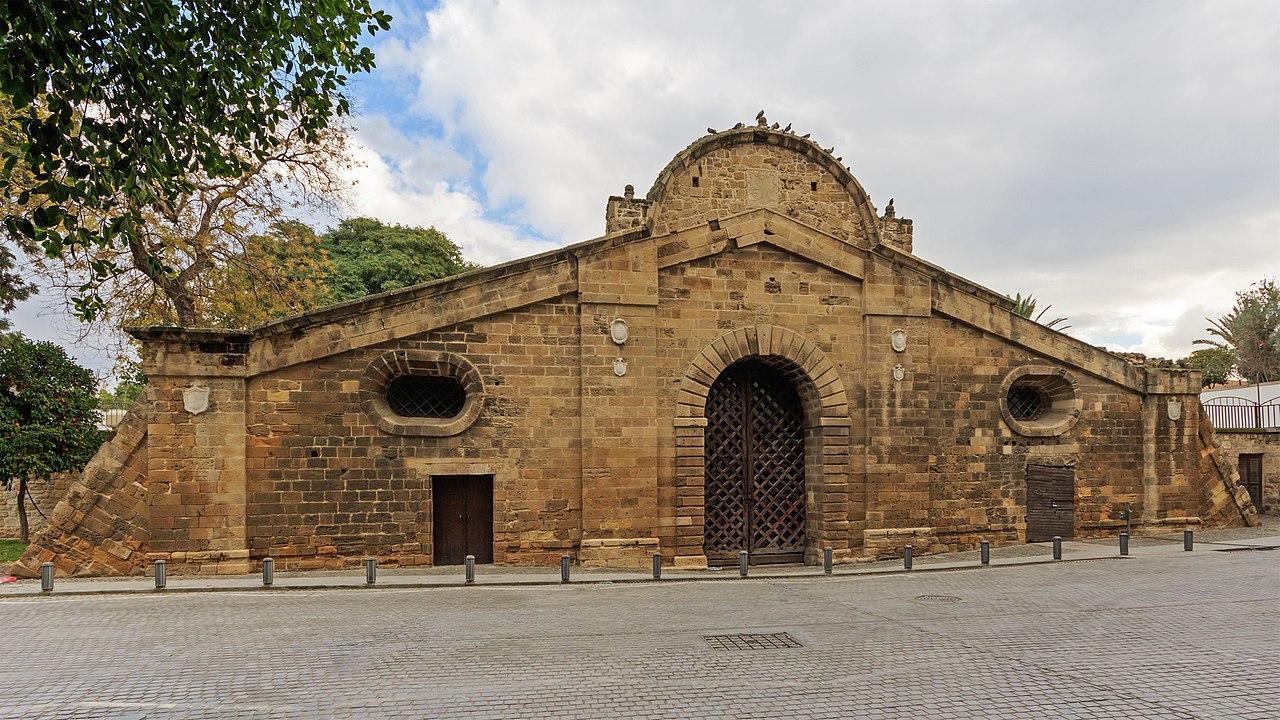
In their homeland, the Caraffa family was famous for giving the Catholic Church 16 cardinals and one Roman Pope - Paul IV (in the world Gian Pietro Caraffa, 1476-1559). Paul IV was one of the least popular pontiffs in the entire papacy. He was famous for issuing the first Index of Forbidden Books and persecuting Jews, even converts to Christianity. After the death of Paul IV, Caraffa's family had to rush to organize his burial because they seriously feared that the pontiff's body would be abused by a disgruntled mob. This is how the bastion looks today.
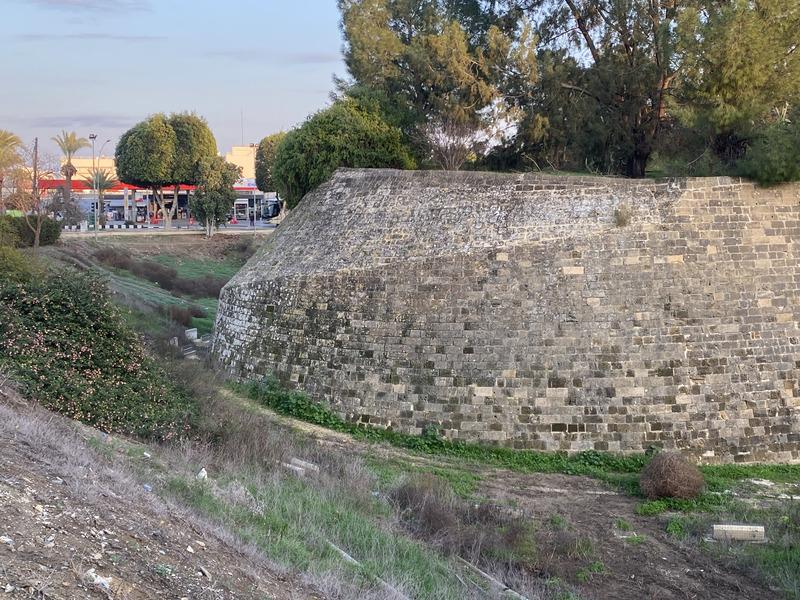
Podocattaro
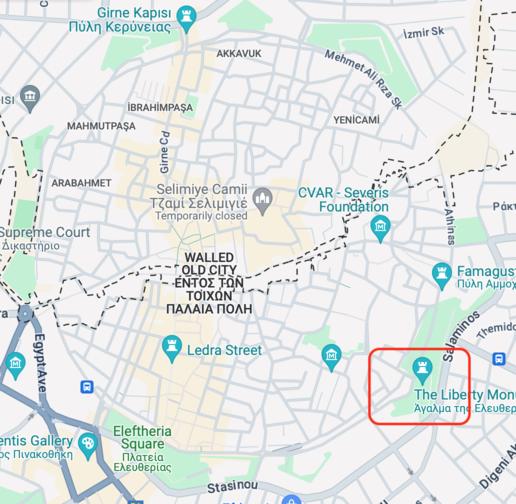
A noble Venetian family that settled in Cyprus in the 14th century and traded with Damascus and other Middle Eastern cities. The Podocattaro family owned the village of Kiti and the monastery of Stavrovouni, which was then Catholic. John Podocattaro, a prominent intellectual of his time, witnessed the fall of Nicosia and described the events in his work. His brothers Livio Giulio and Hector died in the defense of the city against the Ottomans.
Alessandro Podocattaro was among the defenders of Famagusta, was captured by the Turks, but in 1576 was released and sailed to Venice, where he wrote a description of the fall of Famagusta. John Podocattaro was in Venice after the Ottomans conquered Cyprus and tried to collect money from the noble Venetians to ransom his compatriots from Turkish captivity. On the Podocattaro bastion stands the Cypriot "statue of freedom", or rather "Monument to Freedom" by sculptor Ioannis Notaras. It is a complex multi-figure composition made of brass, stone and marble.
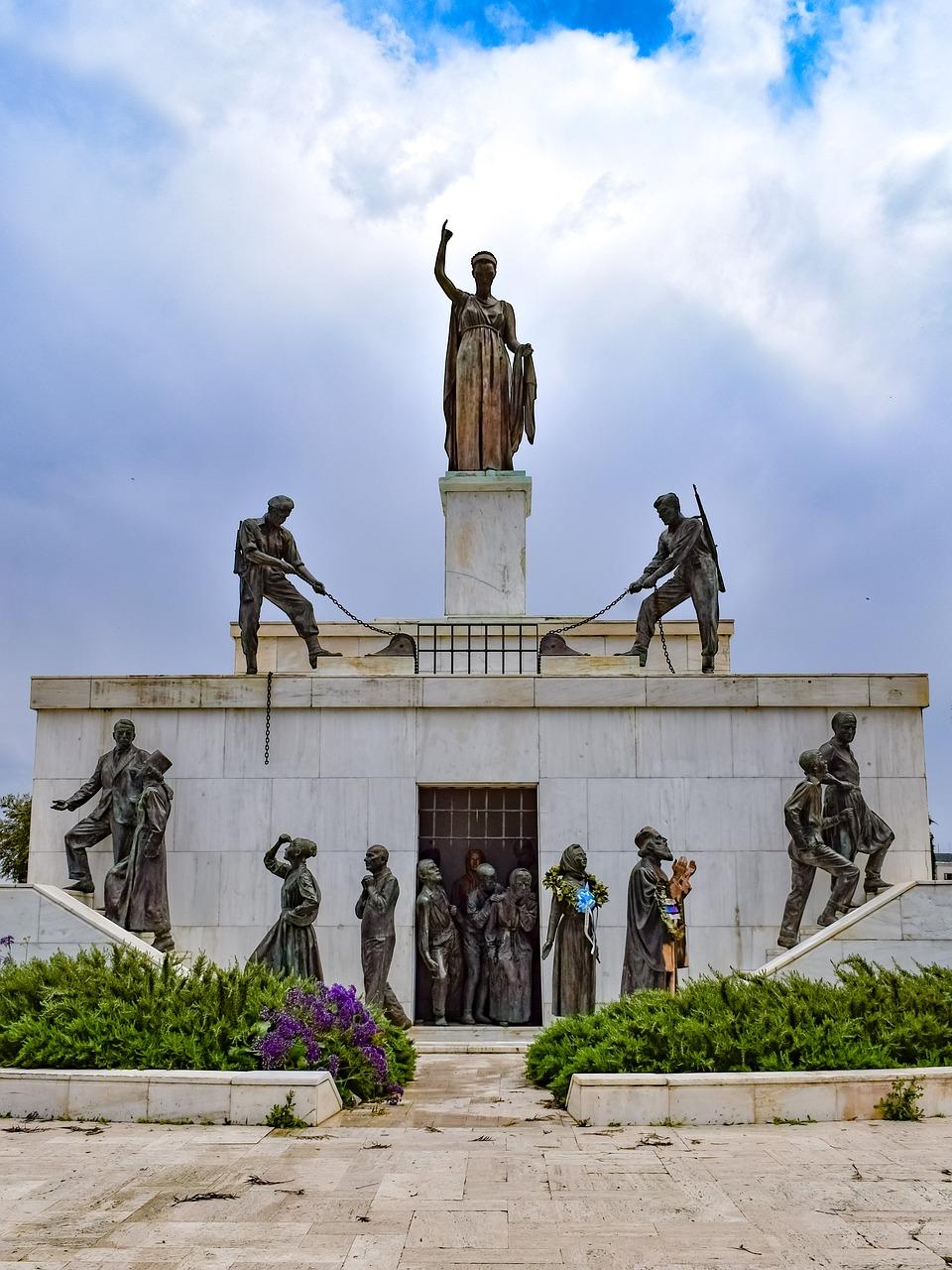
The monument was erected in 1973 in recognition of the merits of the EOKA fighters in the fight against British rule. The composition depicts a dungeon, the gates of which are opened by two EOKA guerrillas. Out of the dungeon come Cypriots of different classes, men and women. Notaras succeeded in conveying the timid and uncertain, yet triumphant mood of the liberated. The personified Liberty herself looks down on them from above, pointing upwards with her finger (she repeats the gesture characteristic of Leonardo da Vinci's paintings).
In a bitter irony of fate, the official inauguration of the monument never took place. It was scheduled for 1974. However, the successors of the main characters of the composition, fighters from the organization EOKA-2, staged a putsch, tried to overthrow the president and take power in their own hands to reunite with Greece. This eventually led to the occupation of the north of the island by Turkey. So the Freedom Monument was transformed from a monument to the exploits of the past to a reminder of division.
This is how the bastion looks today:
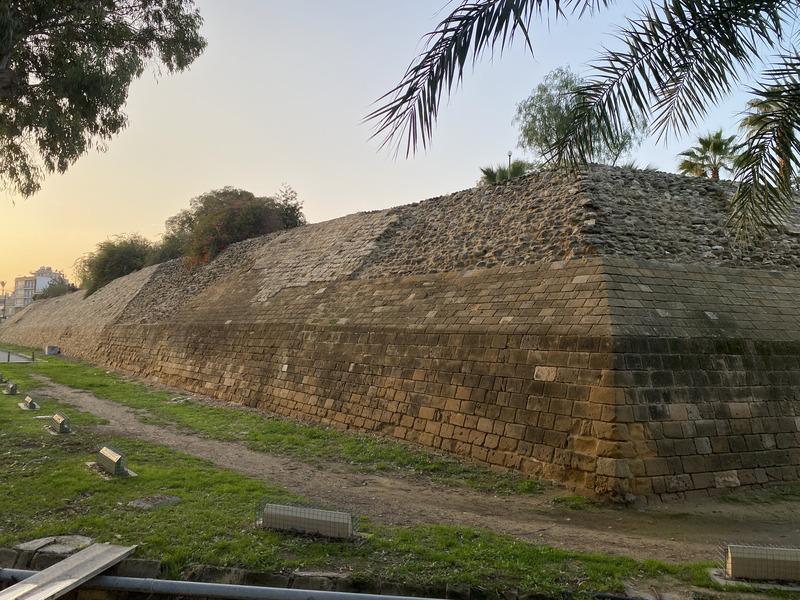
Constanza

An aristocratic family from Messina. The Cypriot branch of the Constanza family name was founded by Muzio Constanza, who helped King James Lusignan against the Genoese and for this, he received the title of Admiral and Viceroy. This is what the Constanza family coat of arms looks like on one of the buildings in the center of Nicosia:
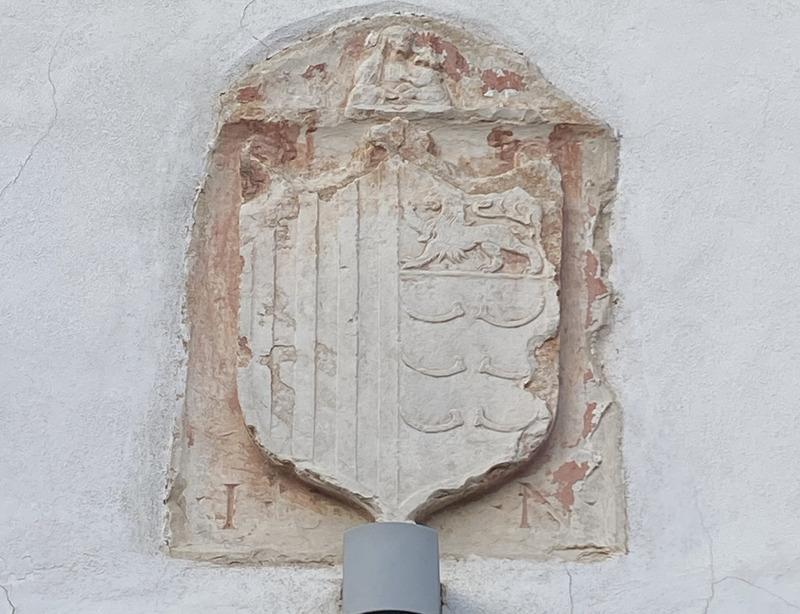
His descendant Tuzio Constanza commanded the cavalry of the Cypriot feudal lords at the Battle of Nicosia. Together with a small band of mounted warriors, they fought off the Ottomans in the center of the city. Tuzio is associated with one tragic episode of the battle for the capital. In peacetime, the supreme power in Venetian Cyprus belonged to an official in the rank of luogotenente (from Italian luogotenente). At the time of the Turkish invasion, this position was held by Nicolo Dandolo (another member of the most famous Venetian family).
When the Turks invaded the city, Dandolo ordered Tuzio Constanza to officially capitulate and hand the city over to the Ottoman commander Lale Mustafa. Soldiers who heard of this order stormed Dandolo's palace and killed him on the spot for treason. Tuzio Constanza knew of their demarche, but in no way protected the abbot from punishment.
Nothing is known about the fate of Tuzio after the capture of Nicosia. There is a version that together with other representatives of aristocratic families, he fled to the mountains, where he hid for a year. After the fall of Famagusta lost any hope of expelling the Turks, the Venetians returned to Nicosia and surrendered to the Turks. The Ottomans allowed them to remain in Cyprus as "raya," that is, subjects of the sultan who had not converted to Islam. Bastion today:
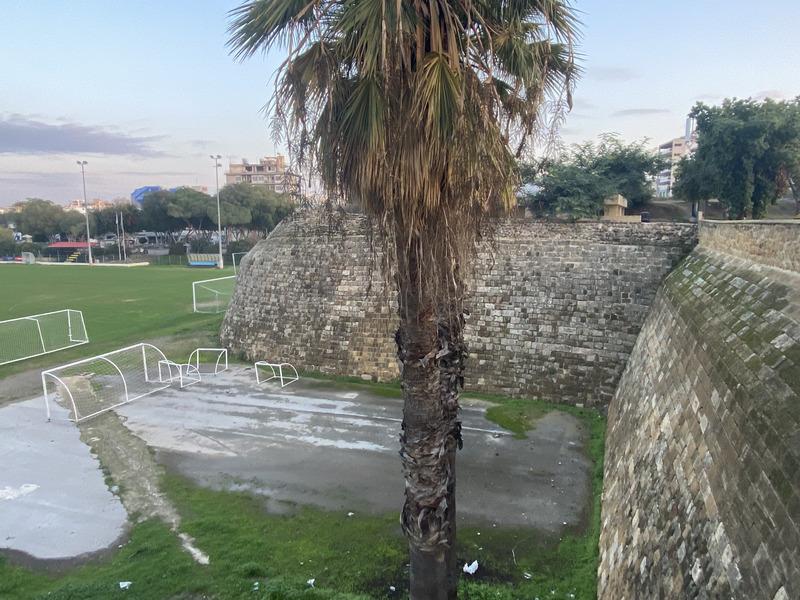
The Turkish name for Constanza's bastion is Bayraktar. The Ottomans stormed Nicosia on September 9 through this very bastion, the first to enter the city was the standard-bearer (from Turkish bayraktar), who did not live long, as he was quickly cut down by the Venetians. In memory of the brave standard-bearer, who was buried there on the bastion, the Turks erected a mosque. The temple was so named - Bayraktar. The exact date of construction of the mosque is not known, there are information about it in the document of 1767. In 1820 a minaret was added to it. Until 1930 the remains of Prophet Muhammad were kept here, which were stolen.
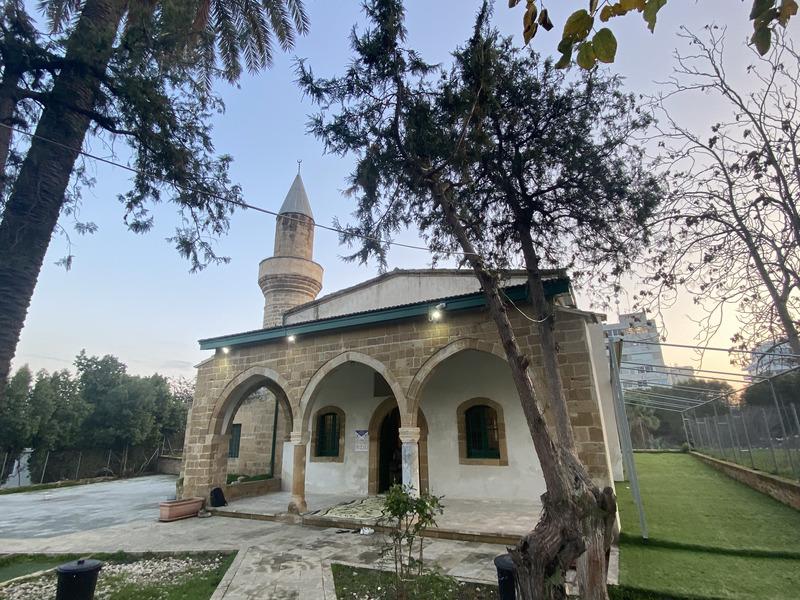
D'Avila
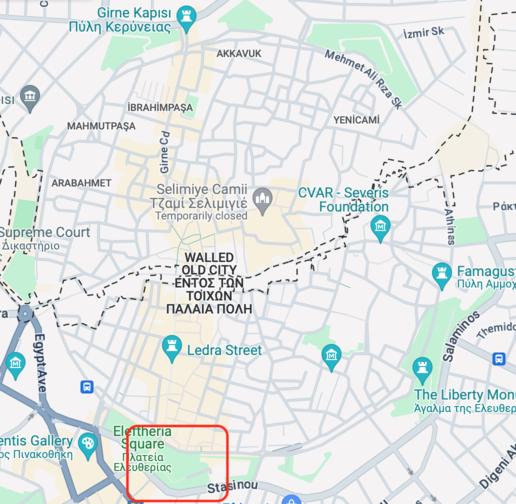
The surname d'Avila comes from the name of the town of Avila in Spain. It is located in the center of the Iberian Peninsula, 110 km northwest of Madrid. Today it has about 50 thousand inhabitants. The first representative of this family, Pedro d'Avila, settled in Cyprus in 1460, where he married Agnese Flatro. For his diligent service, King James II granted Pedro the high title of Grand Connetable, effectively making him the second man on the island.
Pedro's grandson, Antonio d'Avilla, also held the title of Grand Connetable. According to sources, Antonio donated family jewelry and silver worth 10,000 ducats to build the fortifications, and fed the workers who built the walls. After the capture of Nicosia, the once influential aristocrat of Cyprus moved to Padua, where he lived an almost miserable existence. In 1599 he met a tragic end. He died falling from the balcony of his house. According to some historians, the nobleman who had lost everything thus settled the score with his life. Today the bastion is successfully integrated into Freedom Square:
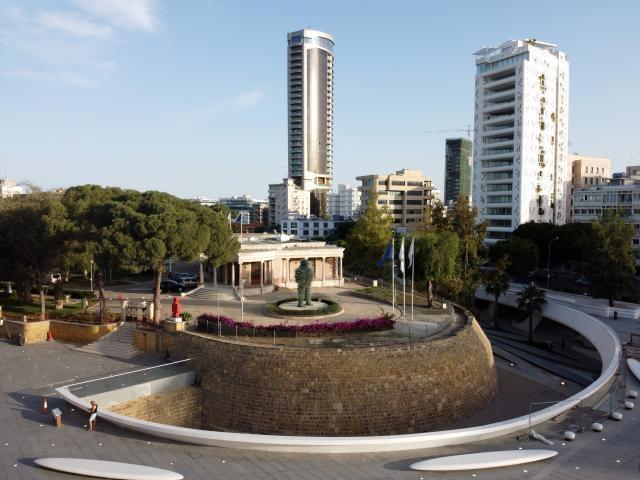
This is what it looks like up close:
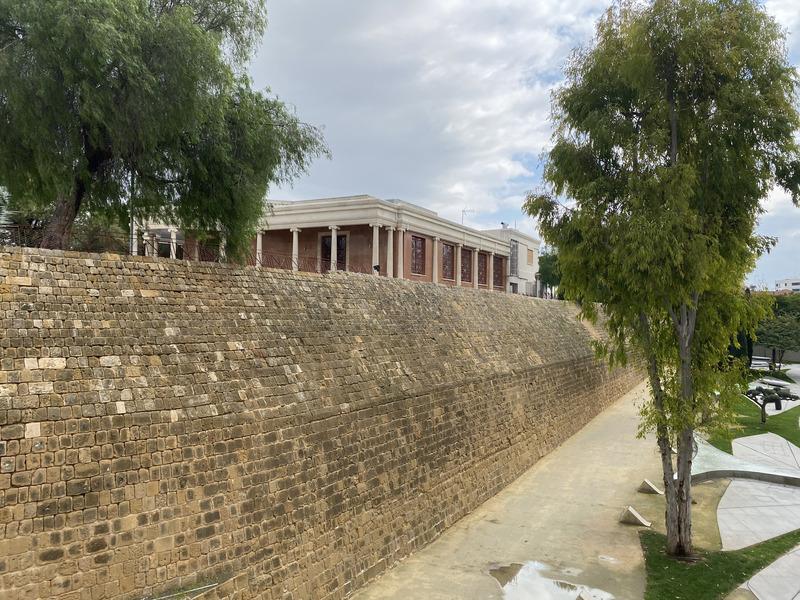 Just at the time when Nicosia was building the walls and then fighting off the Turks, one of the most famous Western saints and also a native of Avila, Teresa of Avila, lived in Spain. Her mother belonged to the D'Avila-Aumada family, so Teresa was likely related to Cypriot aristocrats. Teresa was a great theologian and reformer of monastic life. However, her spiritual experience was often highly suspect to her contemporaries. For example, here is such a passage (attention, 18+):
Just at the time when Nicosia was building the walls and then fighting off the Turks, one of the most famous Western saints and also a native of Avila, Teresa of Avila, lived in Spain. Her mother belonged to the D'Avila-Aumada family, so Teresa was likely related to Cypriot aristocrats. Teresa was a great theologian and reformer of monastic life. However, her spiritual experience was often highly suspect to her contemporaries. For example, here is such a passage (attention, 18+):
It pleased our Lord that I should from time to time have a vision of this kind: I saw an angel beside me, on my left side, in a bodily state. <...> He was small, but of fine figure, and most beautiful of all - his face burning, as if one of the higher angels, who seems to be all fire <...> I saw in his hand a long spear of gold, and on the iron point there seemed to be a little fire. He appeared to me, poking it now and then into my heart and piercing my very insides; when he pulled it out, he seemed to pull them outward too and left me all on fire with great love for God. The torment was so great that it made me groan; and yet so excellent was the sweetness of this excessive torment, that I could not wish to be delivered from it. My soul will not now be satisfied with anything less than God. <...> It is a caress of love so pleasing in connection with the now taking place between my soul and God, that I pray God in His perfection to give this experience to those who may think I am lying.
Based on this description, the sculptor Giovanni Bernini created the work The Ecstasy of St. Teresa.

Тripoli
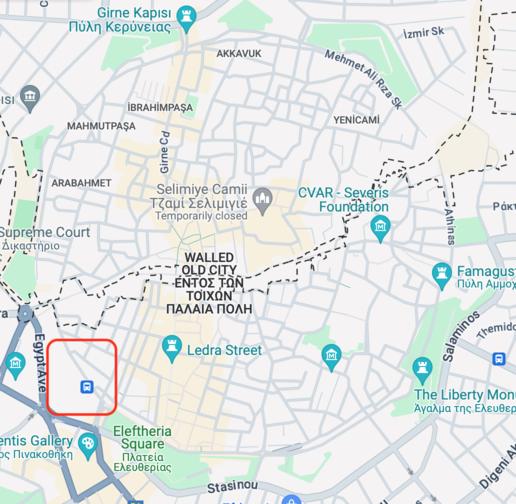
The Bastion of Tripoli got its name not from its family name, but from its title. The sponsor of the construction, Giacomo Denores, was the titular Count of Tripoli (a city in present-day Lebanon). The Denores family was one of the oldest Frankish families on the island. They arrived in Cyprus at the beginning of the 13th century and were descended from the Normans. The family took an active part in all the key events in the history of Cyprus under Frankish and Venetian rule.
During the siege of Nicosia, Giacomo Denores commanded the Cypriot militia. When he died, his brother Francesco Maria Denores took command, but he was soon killed, as were two other brothers, Giovanni and Otavio. A fifth brother, Cesare Denores, escaped and later became bishop of Porenzo.
The wife of Giacomo Denores was taken prisoner and, along with other women, loaded onto a ship bound for Istanbul. The ship sank and many of the captives perished. But not all. Giacomo's niece, who also sailed on the ill-fated ship, escaped and was taken to the capital of the Ottoman Empire, where she entered the harem of Sultan Mehmed III. Giacomo's daughter, who also ended up in Istanbul, married the Cypriot aristocrat Tom Flangini there. In 1571, Flangini converted to Islam and became an advisor at the sultan's court.
But fate was not so unfavorable to all members of the Denores family. Nicosia-born Jazon Denores, who went to Italy to study long before the Turkish invasion, became an outstanding writer and scholar. He is considered to be one of the figures of the so-called "lost Cypriot Renaissance".
The members of the Denores family did not disappear from Cyprus. They retained their identity and their affiliation to the Catholic Church. In 1960, with independence, the positions of representatives of the country's religious communities were introduced in the Cypriot parliament. The first representative of the so-called "Latins", that is, the descendants of the Franks and Venetians who adhere to Catholicism, was Felix Cirilli-Denores.
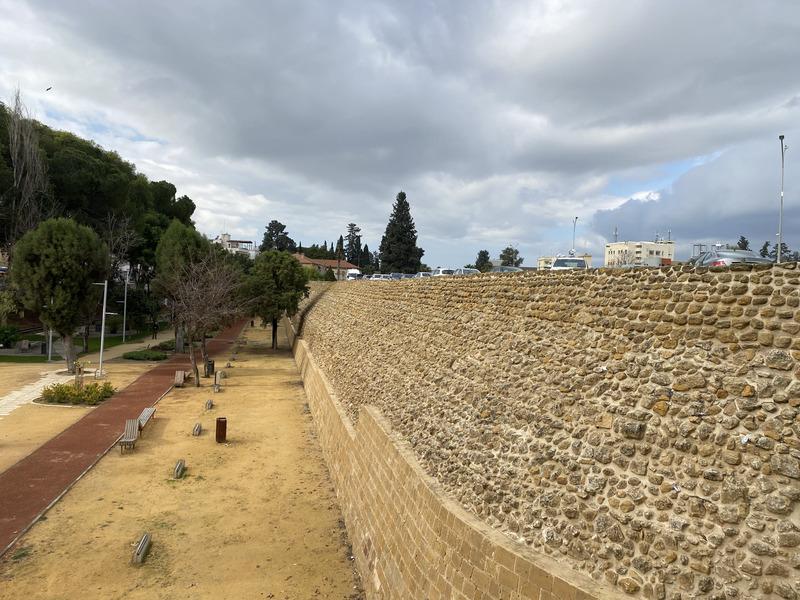
Read also:

